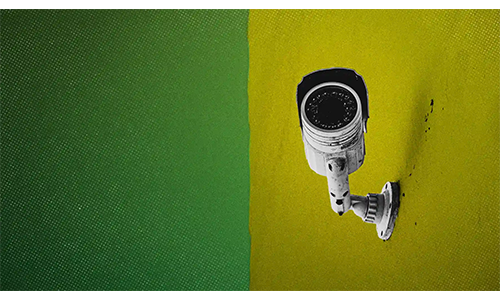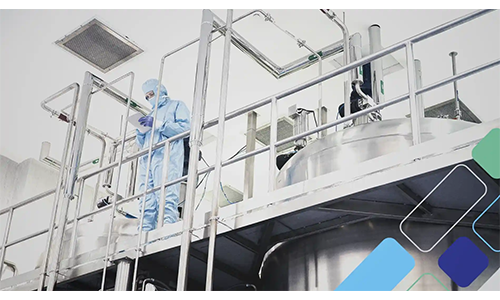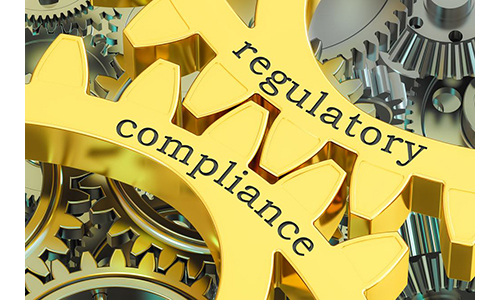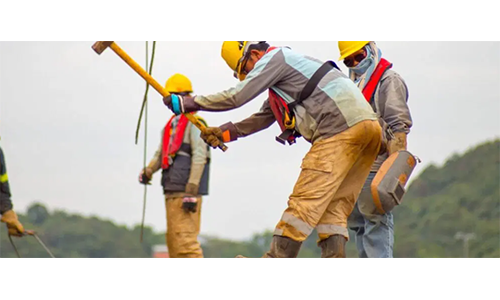As older workers remain in the workforce, employers are devising ways to best accommodate these workers. The National Institute for Occupational Safety(NIOSH) has a division called, The National Center for Productive Aging and Work, which is part of its Total Worker Health Program. The center operates as a hub that conducts original research, fosters collaborations, and offers expert guidance to support an aging workforce.
The presences of these older employees is more prevalent that most people realize. In 2001, only about 1 out of every 7 U.S. workers was 55 or older. By 2021, the number jumped to almost 1 out of every 4 workers (a 93% increase).
There are many reasons for why this is the case. Some are there due to financial needs. Others are working past a typical retirement age due to the increase in the Social Security full retirement age. Needing health insurance is another reason.
But there are also more positive reasons such as enjoying their jobs and being around their friends at work.
And the companies benefit from this demographic of work as " older workers bring a lot to the table: experience, know-how, reliability, work ethic, professionalism, and loyalty, among other good qualities, according to a NIOSH blog. " This can help the company run more efficiently and even save money.⁴ Hiring and keeping older workers could also lessen upcoming labor shortages expected to occur in certain industries in the coming years."
NIOSH explored the myths about this population and an excerpt of this follows"
Myths About Older Workers Don’t Match Reality
Misconceptions about older workers are common. Here are some common myths and the facts that dispel them:
- Myth: Older workers are often sick.
- Reality: Older workers might have some health issues like high blood pressure, high cholesterol, and muscle pain, but these rarely affect job performance. Safe work practices and workplace safety programs can help workers maintain their health by lessening their chance of being injured. Programs that focus on well-being at work can help all workers stay healthier.⁷ One bonus of a healthier workforce could be lower health insurance premiums for employers and employees alike.
- Myth: Older workers can’t think as clearly as they used to.
- Reality: As people age, their built-up knowledge, often called “crystallized intelligence,” usually improves. Employers value this because it often leads to better job performance. This kind of intelligence may become more important as jobs focus more on services and information. Complex work can also help older workers maintain their memory and brain function. A variety of tasks can offer similar benefits.
- Myth: Older workers are not as safe at work.
- Reality: Older workers usually follow safety rules and have fewer non-fatal injuries at work than younger workers. This could be because they understand the value of safety measures and are more likely to follow them. However, older workers are more likely to be killed on the job from serious work-related incidents. While these happen less often, preventative measures should always be followed.
- Myth: Older workers are expensive to keep.
- Reality: Although employing older workers can cost more in salary and benefits because of their experience and senior roles, the real impact on employers is small.4,5 Hiring and training new staff is expensive. Older workers are more likely to stay in their current jobs, helping employers save the time and money usually spent on recruiting and training. These savings can balance out the higher pay for some older workers.
- Myth: Older workers don’t like change
- Reality: Being open to change can help achieve work goals. Workers at all ages can resist change, but studies suggest older workers may be more open to change than young workers. Older workers often have more experience dealing with organizational shifts, making them better at adapting.
- Myth: Older workers are less productive.
- Reality: Productivity is different for everyone, regardless of age. For example, a worker’s age doesn’t affect their main job tasks. Older workers often help and cooperate with colleagues and supervisors more, which is known as organizational citizenship. They are also less likely to misuse company time and resource. They can often guide and mentor new employees, helping them to learn faster and preserve company knowledge. Both younger and older workers can benefit from one another’s skills.
Myths like these may make some employers think older workers have too many drawbacks. In fact, companies can make the most of an older workforce’s skills. Employers who want to keep talented older workers should think about the needs of both the worker and the workplace. For instance, they can offer flexible work schedules, match tasks to a worker’s abilities, and promote a safe and ergonomic environment.
The Total Worker Health concept encourages employers to consider steps such as these:
Work Flexibility and Task Design
- Allow flexible work options. Give workers a say in choosing their work schedules, tasks, organization, and work locations when possible.
- Fit tasks to workers’ skills and abilities.
- Use self-paced tasks and breaks. Limit repetitive work.
Workplace Health and Safety
- Make the workspace ergonomic. This covers adjustable seating, proper lighting, and reducing screen glare.
- Reduce long periods of sitting. Offer sit/stand desks and walking workstations for those who usually sit. Urge workers to move and stretch during the day. Provide options for exercising onsite or suggest affordable community activities.
- Address hazards that are known to affect older workers, such as noise, slips and trips, and physical hazards. These hazards can be more severe for an older workforce.
Team Dynamics and Skill Development
- Form age-diverse teams. This adds a more complete set of skills and viewpoints and can challenge age-related stereotypes. Age-diverse teams may be able to identify age-associated problems and suggest workplace solutions.
- Invest in ongoing training for all ages. This enhances skill levels and helps workers adapt to new technology.















































































